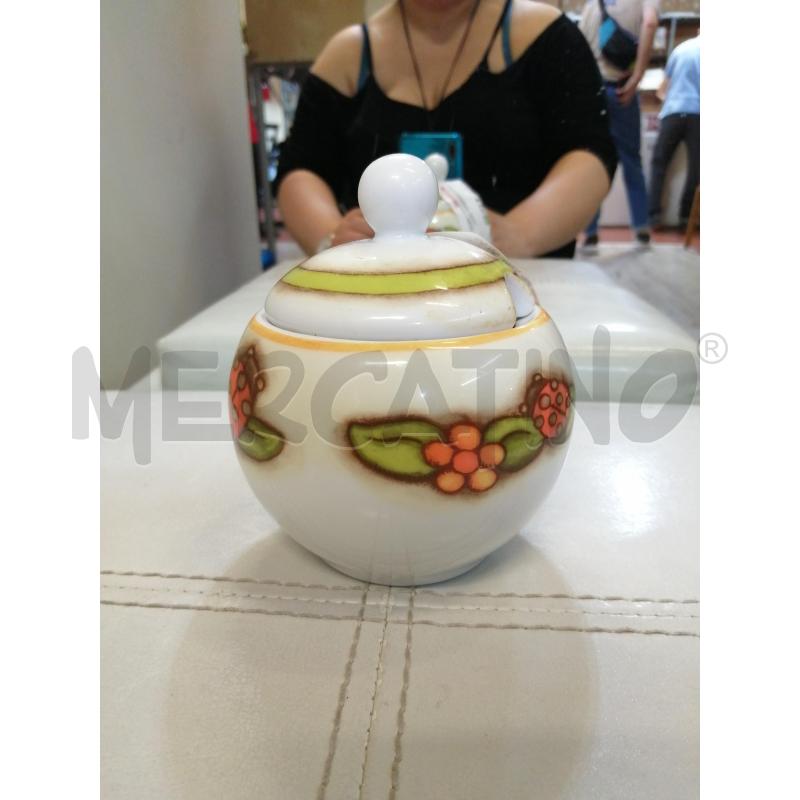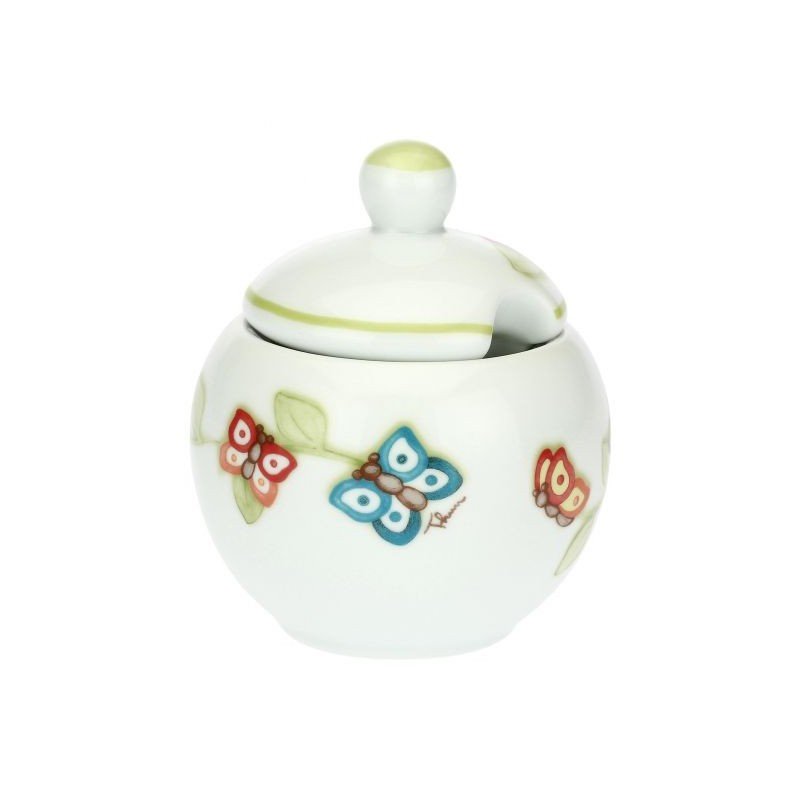
THUN - Zuccheriera in Porcellana - Linea Elegance -11x11x120 cm h - 300 ml : Amazon.it: Casa e cucina

ZUCCHERIERA THUN COUNTRY Nuova Serie Coccinella Caffe Al Volo Coffe Cup Tazzina EUR 15,00 - PicClick IT

THUN - Set 2 Tazzine caffè e Zuccheriera - Linea Elegance - Porcellana - 110 ml - Ø 6,5 cm - 5,5 cm h - piattino Ø 11,5 cm - zuccheriera 11x11x120 cm h - 110 ml : Amazon.it: Casa e cucina

THUN - Zuccheriera con Cucchiaino e Coperchio in Ceramica Decorata - Linea Fall in Love - caffè al Volo - 11x11x120 cm h; 300 ml : Amazon.it: Casa e cucina

Affiliationsbot - ‼ MINIMO STORICO ‼ THUN ® - Set 2 Tazzine caffè e Zuccheriera Country - Porcellana - 100 ml - Ø interno 6 cm - h 5 cm - piattino

Amazon.com: THUN® - Teddy Oliver Medium Bear with Yellow Tulip - Animals Collectible Ornaments - Ceramic - The Classics : Home & Kitchen

THUN - Zuccheriera con Cucchiaino e Coperchio in Ceramica Decorata - Linea Fall in Love - caffè al Volo - 11x11x120 cm h; 300 ml : Amazon.it: Casa e cucina

THUN - Zuccheriera - Cucina, per la tavola - Idea Regalo - Linea Yucatan - Porcellana - 11x11x120 cm h; 300 ml capacità : Amazon.it: Casa e cucina
















